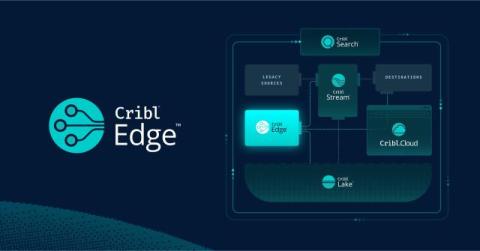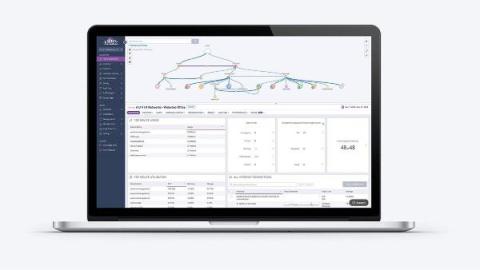BT Ireland Reduced Alarm Noise with DX NetOps: Here's How
For today’s enterprises, there’s no good time for network downtime. In this post, we detail how DX NetOps by Broadcom provides advanced capabilities that help teams minimize outage incidents and duration. We then offer an example of how these capabilities benefited a leading telecommunications provider in the UK, fueling an 80% reduction in alarm noise and a 40% decrease in mean time to resolution.







